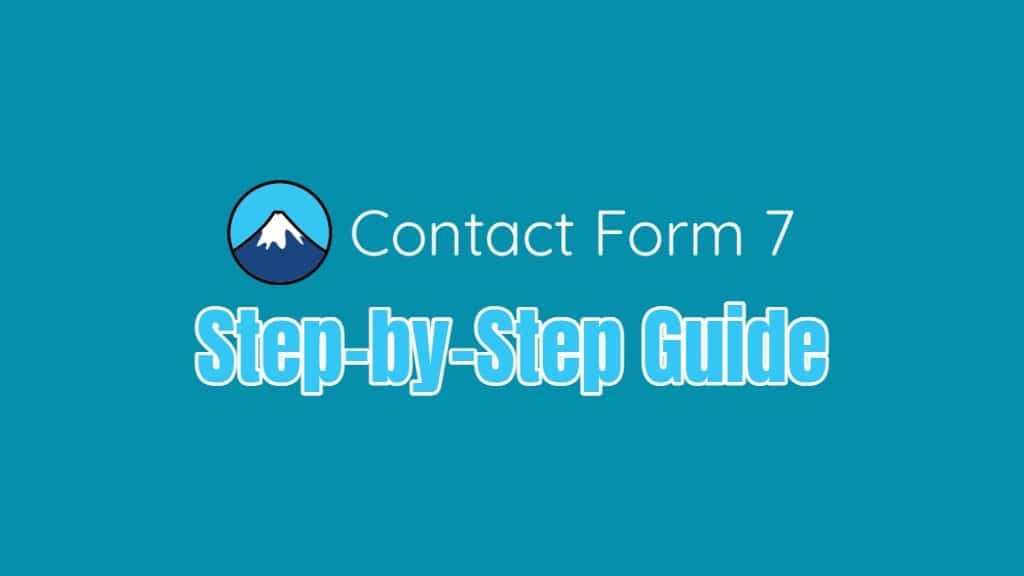Contact Form 7 is one of the most popular and widely used contact form plugins for WordPress websites. It allows you to create and manage multiple contact forms with ease, offering a simple way for visitors to get in touch with you. In this article, I will guide you through the process of installing, setting up, and using the Contact Form 7 plugin on your WordPress site.
Step 1: Installing the Contact Form 7 Plugin
To install the Contact Form 7 plugin, follow these steps:
- Log in to your WordPress dashboard.
- Navigate to the “Plugins” section in the left-hand sidebar and click on “Add New.”
- In the search bar, type “Contact Form 7” and press enter.
- Find the Contact Form 7 plugin in the search results, and click on the “Install Now” button.
- After the installation is complete, click on the “Activate” button to enable the plugin on your site.
Step 2: Creating a New Contact Form
Once you have installed and activated the Contact Form 7 plugin, you can create a new contact form.
- In the WordPress dashboard, go to the “Contact” section in the left-hand sidebar and click on “Add New.”
- You will be taken to the “Add New Contact Form” page. Give your new form a title.
- By default, Contact Form 7 provides a basic form template with fields for the user’s name, email, subject, and message.
- If you want to add or modify fields in the form, use the available form tags in the “Form” section. To add a new field, click on the respective button, such as “text field,” “email,” “URL,” etc., and configure the options in the popup window. After clicking “Insert Tag,” the corresponding form tag will be added to the form editor.
Step 3: Configuring the Form’s Mail Settings
After creating your contact form, you need to configure the email settings to ensure that the form submissions are sent to the correct email address.
- Scroll down to the “Mail” section on the “Add New Contact Form” page.
- In the “To” field, enter the email address where you want to receive form submissions.
- Customize the “From,” “Subject,” and “Additional Headers” fields as needed. Use the available mail tags to include dynamic content from the form fields.
- In the “Message Body” section, customize the email content that will be sent to your email address upon form submission.
Step 4: Adding the Contact Form to Your Website
Once your contact form is created and configured, you can add it to any page or post on your WordPress site.
- Click on the “Save” button in the Contact Form 7 editor to save your form.
- After saving, you will see a shortcode displayed at the top of the editor (e.g., [contact-form-7 id=”123″ title=”Contact form 1″]).
- Copy this shortcode.
- Go to the page or post where you want to add the contact form.
- In the page or post editor, click on the “Add block” button (the “+” icon), and search for the “Shortcode” block.
- Paste the copied shortcode into the “Shortcode” block.
- Publish or update your page or post.
Your contact form is now live on your website, and visitors can use it to send messages to the configured email address.
Conclusion
The Contact Form 7 plugin offers a straightforward way to create and manage contact forms on your WordPress website. By following the steps outlined in this article, you can easily install, set up, and use Contact Form 7 to enhance communication with your site visitors. The plugin’s simplicity, flexibility, and customization options make it a valuable addition to any WordPress site seeking to provide an effortless user experience and maintain open lines of communication with its audience. So, start using Contact Form 7 today and elevate the level of engagement on your website.



